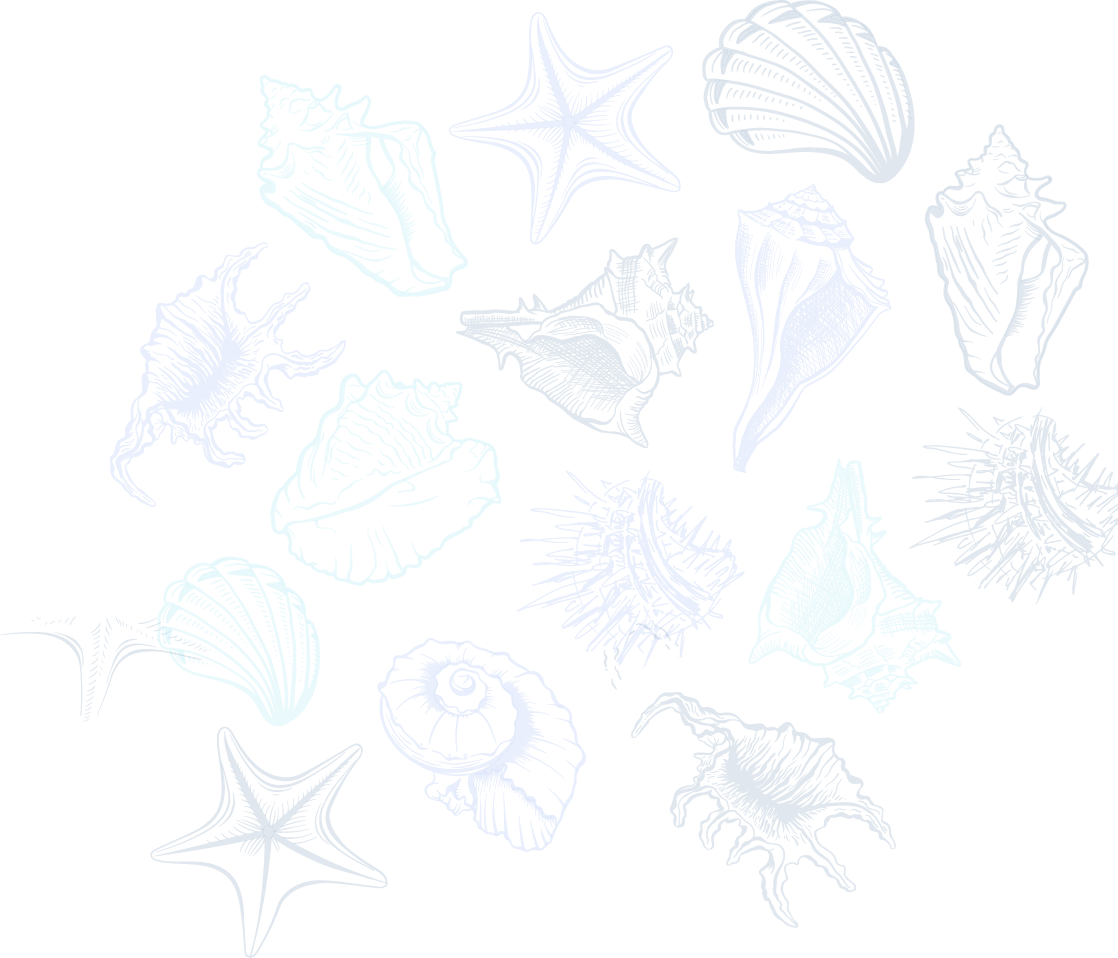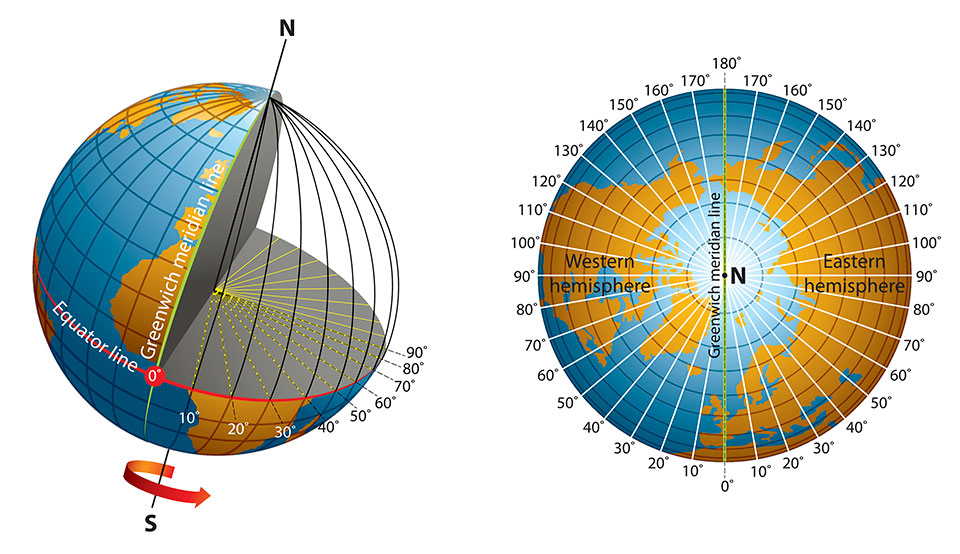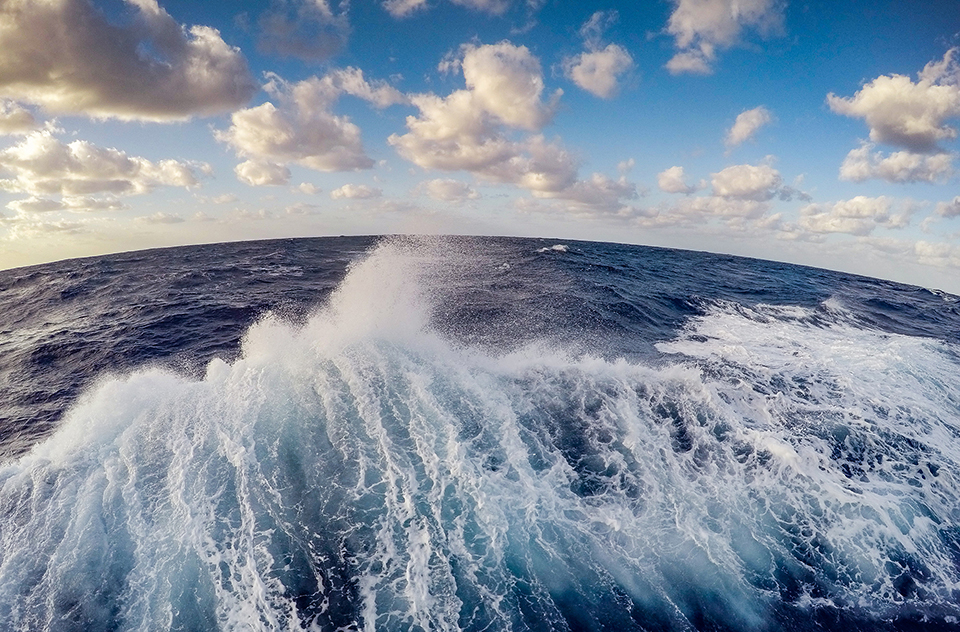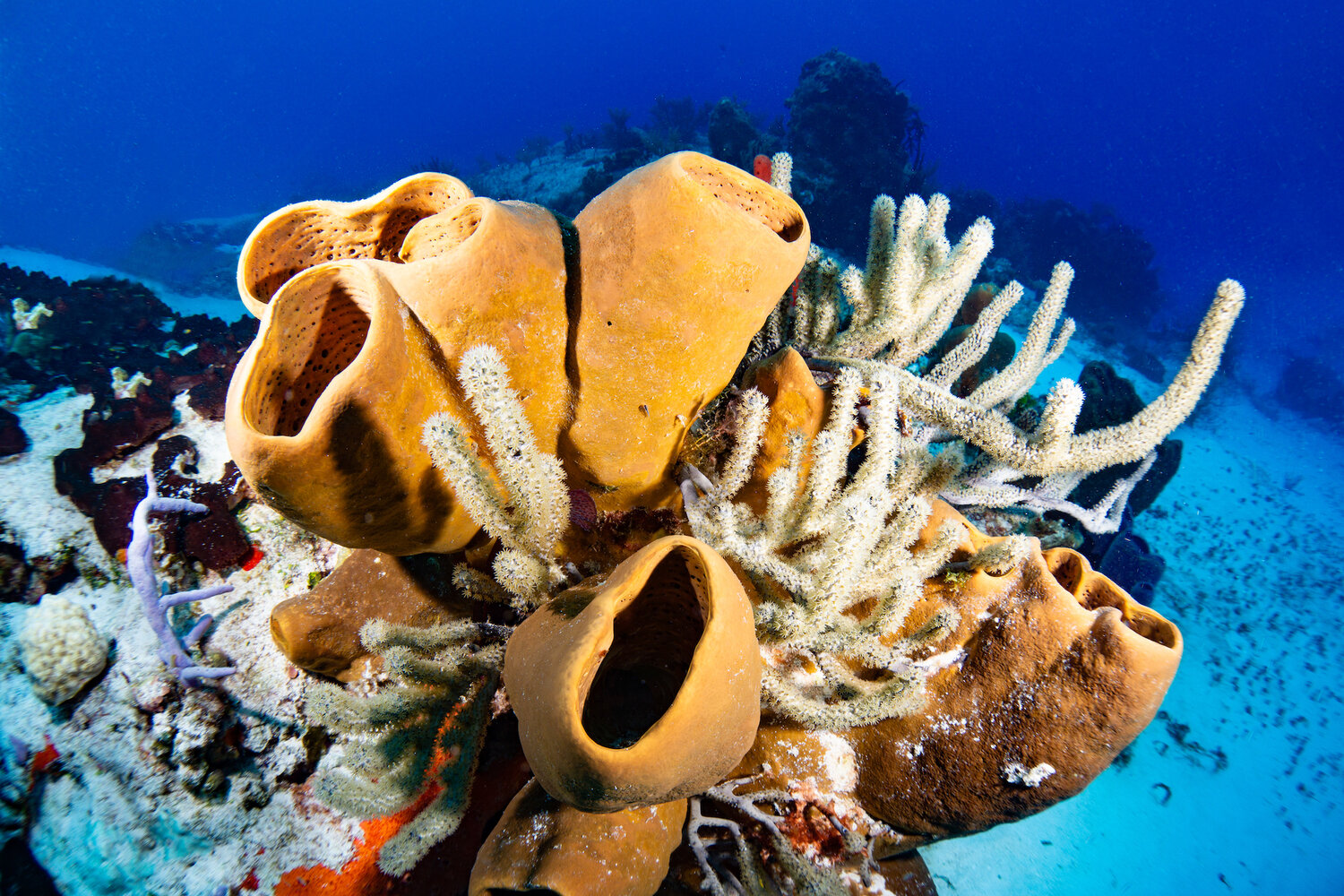

What is longitude?
Longitude measures distance east or west of the prime meridian.

longitude
Lines of longitude, also called meridians, are imaginary lines that divide the Earth. They run north to south from pole to pole, but they measure the distance east or west. Longitude is measured in degrees, minutes, and seconds. Although latitude lines are always equally spaced, longitude lines are furthest from each other at the equator and meet at the poles. A transcript is available that describes this infographic content in plain text.
What is longitude?
Longitude measures distance east or west of the prime meridian.

longitude
Lines of longitude, also called meridians, are imaginary lines that divide the Earth. They run north to south from pole to pole, but they measure the distance east or west. Longitude is measured in degrees, minutes, and seconds. Although latitude lines are always equally spaced, longitude lines are furthest from each other at the equator and meet at the poles. A transcript is available that describes this infographic content in plain text.


What is latitude?
Latitude measures the distance north or south of the equator.

latitude
Latitude lines start at the equator (0 degrees latitude) and run east and west, parallel to the equator. Lines of latitude are measured in degrees north or south of the equator to 90 degrees at the North or South poles. A transcript is available that describes this infographic content in plain text.
Lines of latitude, also called parallels, are imaginary lines that divide the Earth. They run east to west, but measure your distance north or south. The equator is the most well known parallel. At 0 degrees latitude, it equally divides the Earth into the Northern and Southern hemispheres. From the equator, latitude increases as you travel north or south, reaching 90 degrees at each pole.
What is latitude?
Latitude measures the distance north or south of the equator.

latitude
Latitude lines start at the equator (0 degrees latitude) and run east and west, parallel to the equator. Lines of latitude are measured in degrees north or south of the equator to 90 degrees at the North or South poles. A transcript is available that describes this infographic content in plain text.
Lines of latitude, also called parallels, are imaginary lines that divide the Earth. They run east to west, but measure your distance north or south. The equator is the most well known parallel. At 0 degrees latitude, it equally divides the Earth into the Northern and Southern hemispheres. From the equator, latitude increases as you travel north or south, reaching 90 degrees at each pole.


How much oxygen comes from the ocean?
At least half of Earth’s oxygen comes from the ocean.

The surface layer of the ocean is teeming with photosynthetic plankton. Though they're invisible to the naked eye, they produce more oxygen than the largest redwoods. Scientists estimate that 50-80% of the oxygen production on Earth comes from the ocean. The majority of this production is from oceanic plankton — drifting plants, algae, and some bacteria that can photosynthesize. One particular species, Prochlorococcus, is the smallest photosynthetic organism on Earth. But this little bacteria produces up to 20% of the oxygen in our entire biosphere. That’s a higher percentage than all of the tropical rainforests on land combined. Calculating the exact percentage of oxygen produced in the ocean is difficult because the amounts are constantly changing. Scientists can use satellite imagery to track photosynthesizing plankton and estimate the amount of photosynthesis occurring in the ocean, but satellite imagery cannot tell the whole story. The amount of plankton changes seasonally and in response to changes in the water’s nutrient load, temperature, and other factors. Studies have shown that the amount of oxygen in specific locations varies with time of day and with the tides. It’s important to remember that although the ocean produces at least 50% of the oxygen on Earth, roughly the same amount is consumed by marine life. Like animals on land, marine animals use oxygen to breathe, and both plants and animals use oxygen for cellular respiration. Oxygen is also consumed when dead plants and animals decay in the ocean. This is particularly problematic when algal blooms die and the decomposition process uses oxygen faster than it can be replenished. This can create areas of extremely low oxygen concentrations, or hypoxia. These areas are often called dead zones, because the oxygen levels are too low to support most marine life. NOAA’s National Centers for Coastal Ocean Science conducts extensive research and forecasting on algal blooms and hypoxia to lessen the harm done to the ocean ecosystem and human environment.
How much oxygen comes from the ocean?
At least half of Earth’s oxygen comes from the ocean.

The surface layer of the ocean is teeming with photosynthetic plankton. Though they're invisible to the naked eye, they produce more oxygen than the largest redwoods. Scientists estimate that 50-80% of the oxygen production on Earth comes from the ocean. The majority of this production is from oceanic plankton — drifting plants, algae, and some bacteria that can photosynthesize. One particular species, Prochlorococcus, is the smallest photosynthetic organism on Earth. But this little bacteria produces up to 20% of the oxygen in our entire biosphere. That’s a higher percentage than all of the tropical rainforests on land combined. Calculating the exact percentage of oxygen produced in the ocean is difficult because the amounts are constantly changing. Scientists can use satellite imagery to track photosynthesizing plankton and estimate the amount of photosynthesis occurring in the ocean, but satellite imagery cannot tell the whole story. The amount of plankton changes seasonally and in response to changes in the water’s nutrient load, temperature, and other factors. Studies have shown that the amount of oxygen in specific locations varies with time of day and with the tides. It’s important to remember that although the ocean produces at least 50% of the oxygen on Earth, roughly the same amount is consumed by marine life. Like animals on land, marine animals use oxygen to breathe, and both plants and animals use oxygen for cellular respiration. Oxygen is also consumed when dead plants and animals decay in the ocean. This is particularly problematic when algal blooms die and the decomposition process uses oxygen faster than it can be replenished. This can create areas of extremely low oxygen concentrations, or hypoxia. These areas are often called dead zones, because the oxygen levels are too low to support most marine life. NOAA’s National Centers for Coastal Ocean Science conducts extensive research and forecasting on algal blooms and hypoxia to lessen the harm done to the ocean ecosystem and human environment.


What is the carbon cycle?
The carbon cycle is nature's way of recycling carbon atoms. Carbon is the foundation for all life on Earth.
What is the carbon cycle? Carbon is the chemical backbone of all life on Earth. All of the carbon we currently have on Earth is the same amount we have always had. When new life is formed, carbon forms key molecules like protein and DNA. It's also found in our atmosphere in the form of carbon dioxide or CO2. The carbon cycle is nature's way of reusing carbon atoms, which travel from the atmosphere into organisms in the Earth and then back into the atmosphere over and over again. Most carbon is stored in rocks and sediments, while the rest is stored in the ocean, atmosphere, and living organisms. These are the reservoirs, or sinks, through which carbon cycles. The ocean is a giant carbon sink that absorbs carbon. Marine organisms from marsh plants to fish, from seaweed to birds, also produce carbon through living and dying. Sometimes dead organisms become fossil fuels that go through combustion, giving off CO2, and the cycle continues.
What is the carbon cycle?
The carbon cycle is nature's way of recycling carbon atoms. Carbon is the foundation for all life on Earth.
What is the carbon cycle? Carbon is the chemical backbone of all life on Earth. All of the carbon we currently have on Earth is the same amount we have always had. When new life is formed, carbon forms key molecules like protein and DNA. It's also found in our atmosphere in the form of carbon dioxide or CO2. The carbon cycle is nature's way of reusing carbon atoms, which travel from the atmosphere into organisms in the Earth and then back into the atmosphere over and over again. Most carbon is stored in rocks and sediments, while the rest is stored in the ocean, atmosphere, and living organisms. These are the reservoirs, or sinks, through which carbon cycles. The ocean is a giant carbon sink that absorbs carbon. Marine organisms from marsh plants to fish, from seaweed to birds, also produce carbon through living and dying. Sometimes dead organisms become fossil fuels that go through combustion, giving off CO2, and the cycle continues.


What is a sponge?
Sponges — simple aquatic animals with dense, yet porous, skeletons — are highly adapted to their environments.

Sponges are found in a wide variety of colors, shapes, and sizes and are often mistaken for plants. Scientists believe that their varied colorations may protect them from the sun’s harmful ultraviolet rays. Sponges have been around for a very long time, with certain species having a fossil record that dates back approximately 600 million years to the earliest (Precambrian) period of Earth’s history. The approximately 8,550 living sponge species are scientifically classified in the phylum Porifera, which is comprised of four distinct classes: the Demospongiae (the most diverse, containing 90 percent of all living sponges), Hexactinellida (the rare glass sponges), Calcarea (calcareous sponges), and Homoscleromorpha (the rarest and simplest class, only recently recognized, with approximately 117 species). While sponges, like corals, are immobile aquatic invertebrates, they are otherwise completely different organisms with distinct anatomy, feeding methods, and reproductive processes. The main differences are: Corals are complex, many-celled organisms. Sponges are very simple creatures with no tissues.
All corals require saltwater to survive. While most sponges are found in the ocean, numerous species are also found in fresh water and estuaries.
Regardless of these differences, sponges are important inhabitants of coral reef ecosystems. A diverse sponge population can affect water quality on the reef as the sponges filter water, collect bacteria, and process carbon, nitrogen, and phosphorus. In nutrient-depleted coral reefs, some sponge species are thought to make carbon biologically available by excreting a form of “sponge poop” that other organisms feed on, thereby fueling productivity throughout the ecosystem. In this way, sponges protect the reef against extreme fluctuations in nutrient density, temperature, and light, benefiting the survival of other reef organisms. A sponge’s skeletal type adapts well to its particular habitat, allowing it to live on hard, rocky surfaces or soft sediments such as sand and mud. Some sponges even attach themselves to floating debris! Rarely are they found completely free-floating. As water filters through a sponge’s porous exterior, the sponge gains some motion, receives food and oxygen, and dispels waste. Inside the sponge, tiny hairlike structures called flagella create currents to filter bacteria out of the sponge’s cells and trap food within them. Their strong skeletal structures help sponges withstand the high volume of water that flows through them each day.
What is a sponge?
Sponges — simple aquatic animals with dense, yet porous, skeletons — are highly adapted to their environments.

Sponges are found in a wide variety of colors, shapes, and sizes and are often mistaken for plants. Scientists believe that their varied colorations may protect them from the sun’s harmful ultraviolet rays. Sponges have been around for a very long time, with certain species having a fossil record that dates back approximately 600 million years to the earliest (Precambrian) period of Earth’s history. The approximately 8,550 living sponge species are scientifically classified in the phylum Porifera, which is comprised of four distinct classes: the Demospongiae (the most diverse, containing 90 percent of all living sponges), Hexactinellida (the rare glass sponges), Calcarea (calcareous sponges), and Homoscleromorpha (the rarest and simplest class, only recently recognized, with approximately 117 species). While sponges, like corals, are immobile aquatic invertebrates, they are otherwise completely different organisms with distinct anatomy, feeding methods, and reproductive processes. The main differences are: Corals are complex, many-celled organisms. Sponges are very simple creatures with no tissues.
All corals require saltwater to survive. While most sponges are found in the ocean, numerous species are also found in fresh water and estuaries.
Regardless of these differences, sponges are important inhabitants of coral reef ecosystems. A diverse sponge population can affect water quality on the reef as the sponges filter water, collect bacteria, and process carbon, nitrogen, and phosphorus. In nutrient-depleted coral reefs, some sponge species are thought to make carbon biologically available by excreting a form of “sponge poop” that other organisms feed on, thereby fueling productivity throughout the ecosystem. In this way, sponges protect the reef against extreme fluctuations in nutrient density, temperature, and light, benefiting the survival of other reef organisms. A sponge’s skeletal type adapts well to its particular habitat, allowing it to live on hard, rocky surfaces or soft sediments such as sand and mud. Some sponges even attach themselves to floating debris! Rarely are they found completely free-floating. As water filters through a sponge’s porous exterior, the sponge gains some motion, receives food and oxygen, and dispels waste. Inside the sponge, tiny hairlike structures called flagella create currents to filter bacteria out of the sponge’s cells and trap food within them. Their strong skeletal structures help sponges withstand the high volume of water that flows through them each day.
